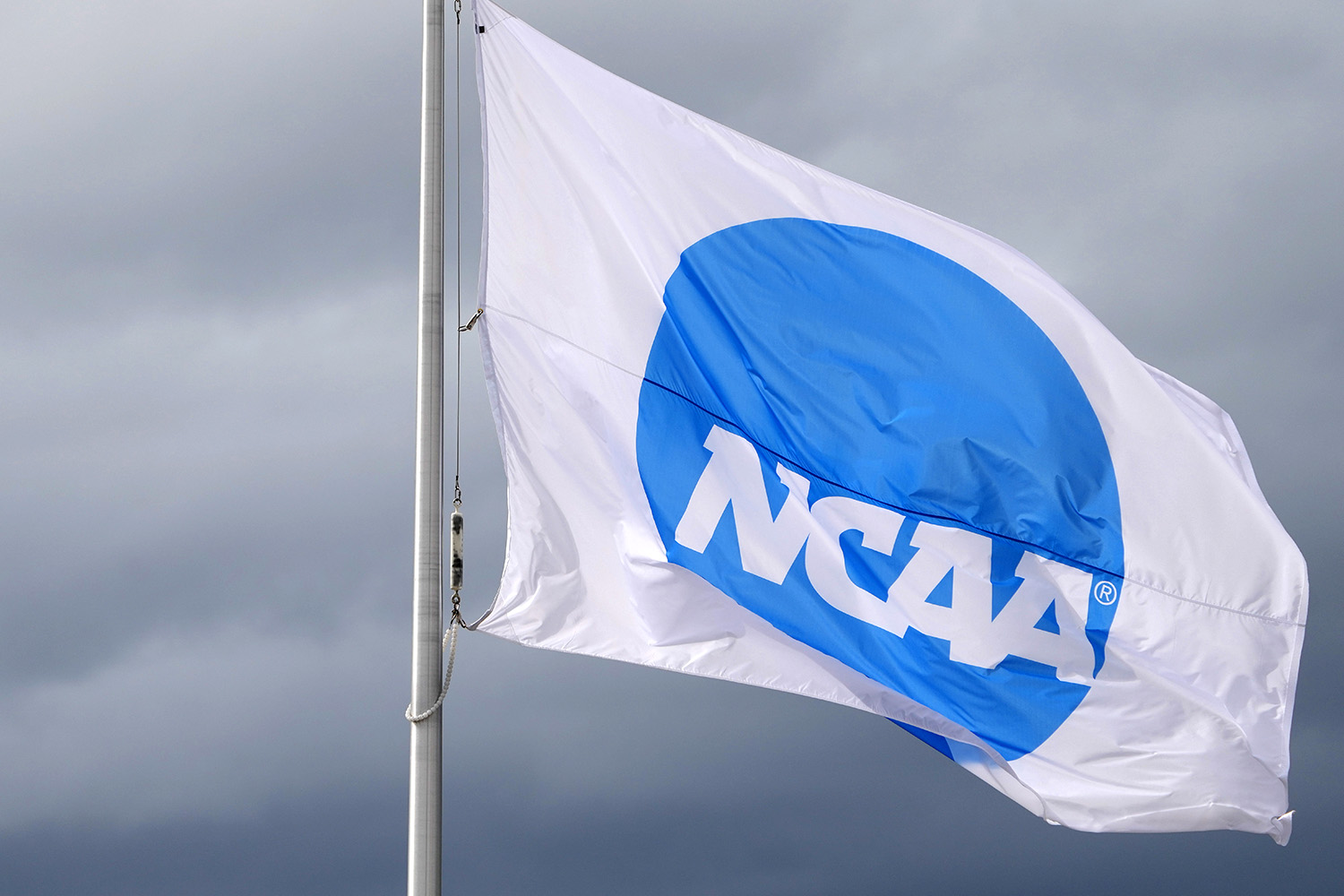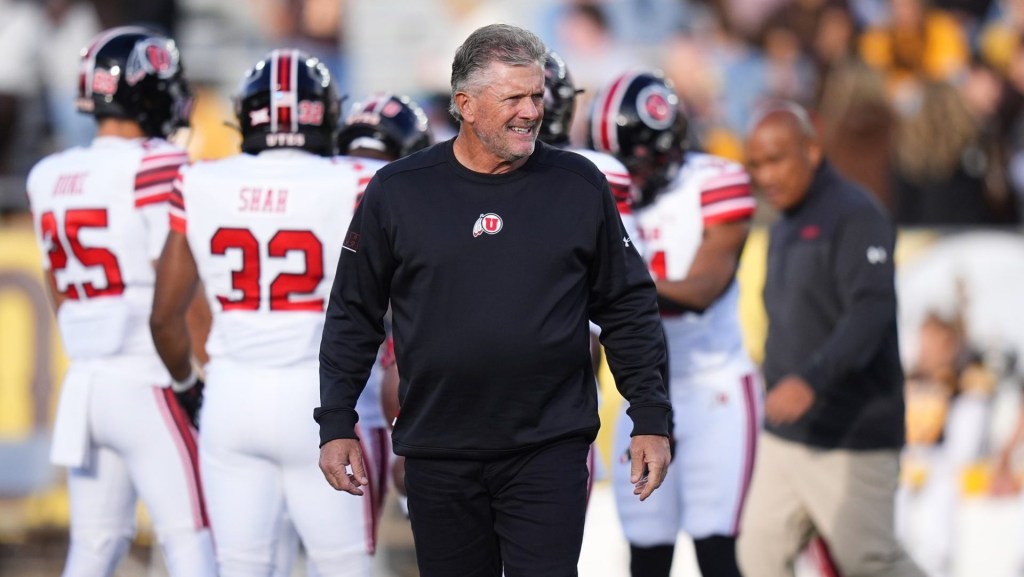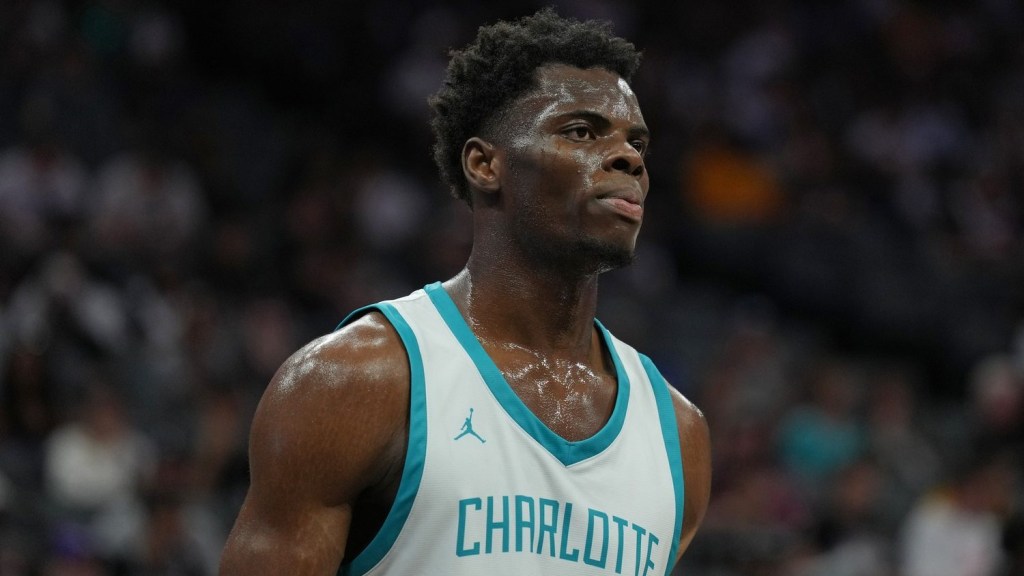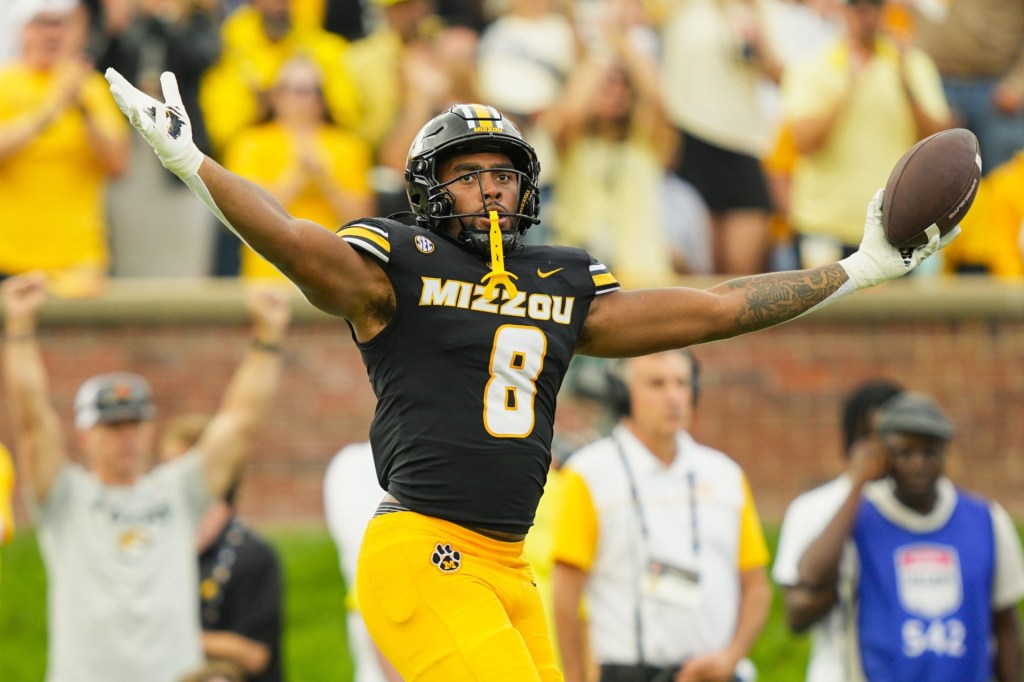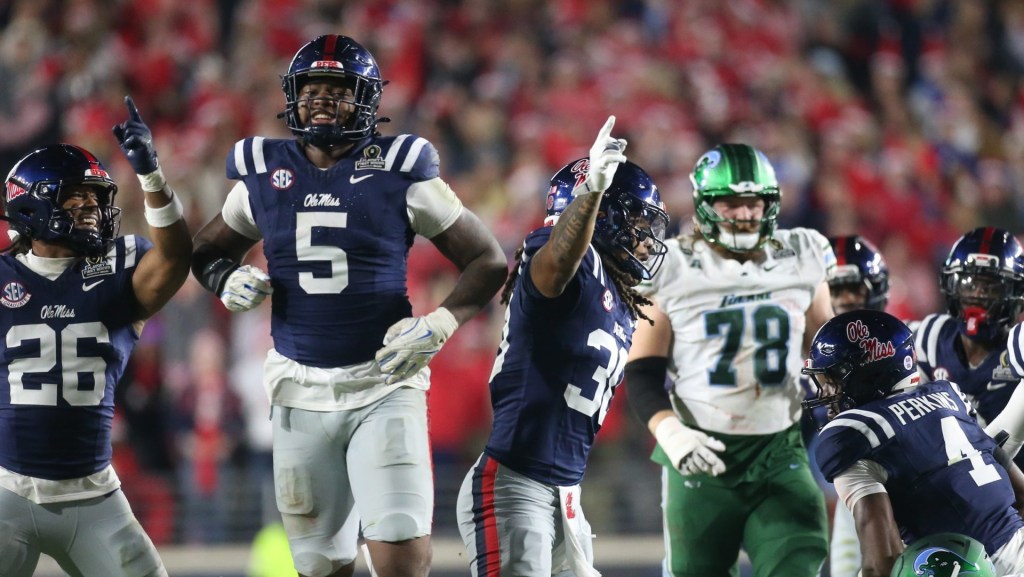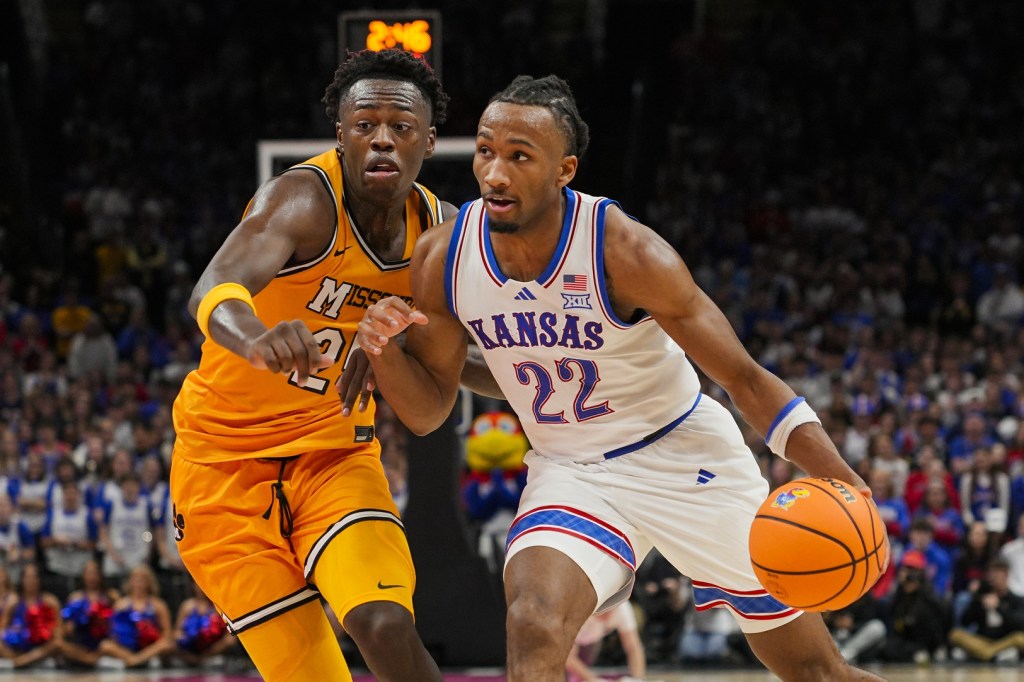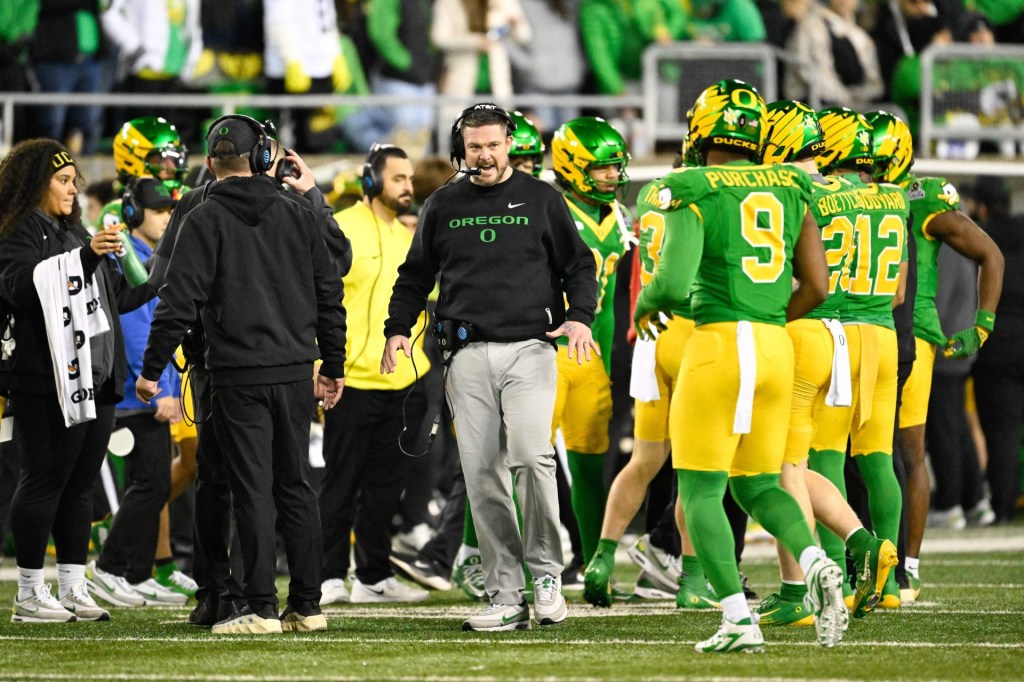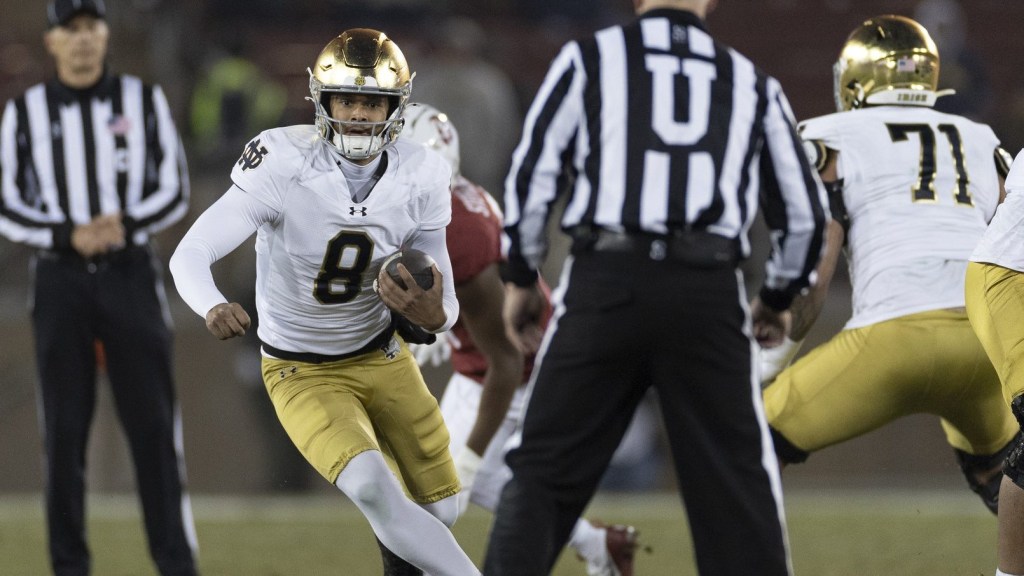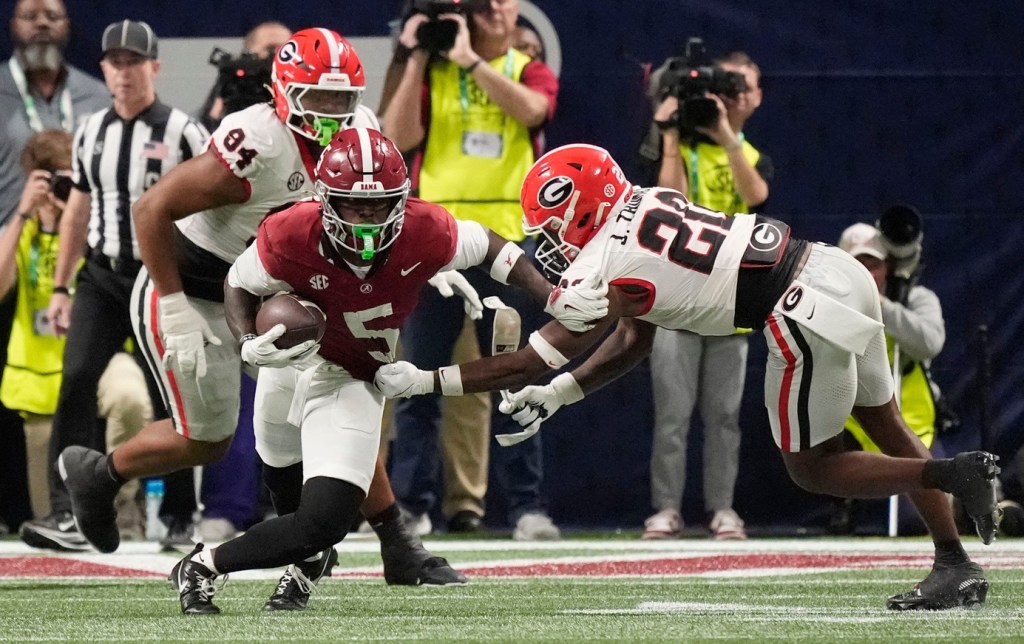At the 2022 NCAA Convention, the NCAA ratified a new constitution to simplify and modernize college sports so they could survive major changes — from name, image, and likeness rules to the NCAA v. Alston decision.
Since then, a 21-member Transformation Committee has worked to create recommendations to improve Division I. The committee finally released its complete recommendations on Tuesday and will present them during the NCAA Convention next week.
The recommendations, presented in a 36-page drafted report, would strengthen health and safety guidelines — including a specific focus on concussions.
They would also expand championship brackets — and while it’s unlikely the D-I men’s and women’s basketball tournaments would get bigger, the opportunity is on the table. The recommendations additionally suggested reconsidering how money is distributed throughout the conference.
They’re not nearly as radical as some previously predicted. For example, the committee will not recommend further splitting D-I, despite a vast disparity in resources and priorities among schools. And even some of the changes the committee suggested are vague at best.
But they represent a small step in the right direction for a governing body that has been criticized for putting more resources toward safeguarding a model of amateurism than the welfare of the athletes it was created to protect.
Health and Safety
The NCAA was first created in 1906 to help make college football safer. But it has struggled to create enforceable rules for many health concerns across college sports.
The governing body does not, for example, currently have a uniform concussion protocol for football — all it requires is that schools maintain their own unspecified protocol. But even that is not enforced.
- The Transformation Committee suggests the NCAA require all D-I programs to follow the “NCAA Concussion Safety Protocol Checklist,” which is currently only a suggestion.
- A doctor with “training in the diagnosis, treatment and initial management of acute concussion and other injuries” must be available at all practices and competitions for certain sports.
- The guidelines in the Athletics Health Care Administrator Handbook should be “formalized.”
- Every school should offer access to mental health care.
The Transformation Committee also suggested that D-I schools offer athletes increased healthcare benefits. Schools can now buy insurance for athletes, but they should also provide insurance for “athletically-related injuries” for at least two years after an athlete graduates or finishes playing.
The committee suggested new monitoring protocols, too. Every four years, schools should provide a comprehensive audit of their physical and mental health services to their conferences. And if a “catastrophic” injury or death occurs, a school must conduct an investigation.
Championship Changes
Earlier this fall, reports surfaced that the NCAA was considering expanding D-I championship bracket sizes in multiple sports — including men’s and women’s basketball.
The Transformation Committee did suggest that committees consider that in some sports, at least 50% of teams get seeded in a championship bracket. For sports that exist at more than 200 schools, 25% of teams should be eligible for the championship tournament.
Those changes would be considered for the 2023-24 school year.
It did not make a specific recommendation on which sports should see increased participation, and did not make a specific ruling on expanding March Madness. While the concept would undoubtedly provide meaningful opportunities for more athletes, coaches and conference commissioners raised both logistical and financial concerns with the idea.
Financial Distribution
One of the biggest draws of being a D-I member is getting a cut of its annual revenue distribution, which men’s March Madness mostly funds. In 2022, for example, the NCAA doled out $625 million to conferences, funneling the money to schools.
The system has been criticized, however, for not promoting gender equity. Many funds are distributed based on eligibility and participation in the men’s basketball tournament.
The Transformation Committee wants that to change. While it did not lay out a specific alternative plan, it did say the NCAA should consider making distributions based on how teams in other sports fare in championship competition. The change would be both significant and popular — it’s been endorsed by multiple women’s basketball coaches as well as the Knight Commission.
Remaining Issues
While increased health and safety resources and a more equitable distribution system would be beneficial, they’re hardly the only issues D-I faces shortly. That’s because many issues are now in the hands of lawmakers, the courts, or the NLRB.
In some cases, the Transformation Committee tried to mitigate the threat of these outside entities making decisions for college sports. It endorsed recommendations to eliminate “volunteer” coaching positions — a timely decision given that former volunteer baseball coaches filed an antitrust lawsuit against the governing body in November.
But the Transformation Committee did not address some of the most pressing concerns, like NIL rules and athlete employment status.
“The NCAA is prepared and eager to engage on these issues,” committee co-chair and Ohio University AD, Julie Cromer, wrote in the report. “There’s no question that finding fair, sustainable, and equitable resolutions to each issue will be essential to Division I’s future. We simply need a clear, stable framework under which to address them.”
“Congress is the only entity that can grant that stability.”
To navigate these issues, the NCAA created a subcommittee on “congressional engagement” and hired a new president, Charlie Baker, who comes from the political realm.
But the future of the NCAA is still muddled at best.
Editor’s Note: This story will be updated.
